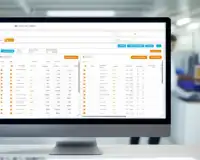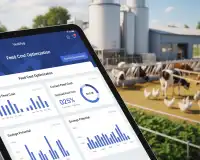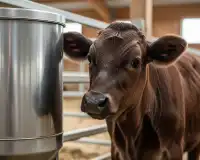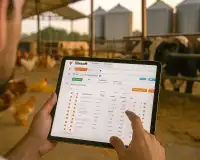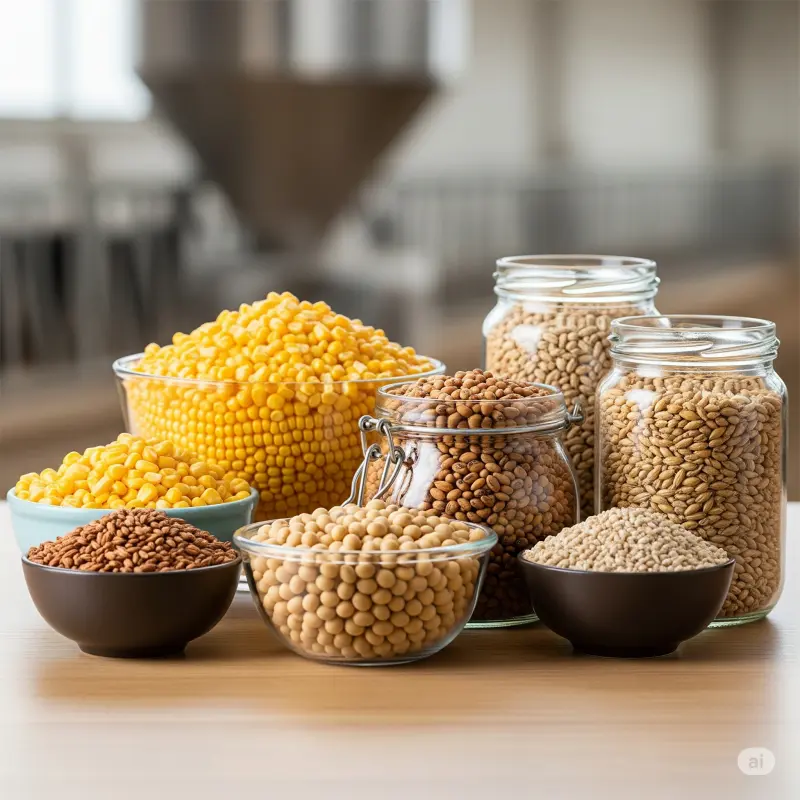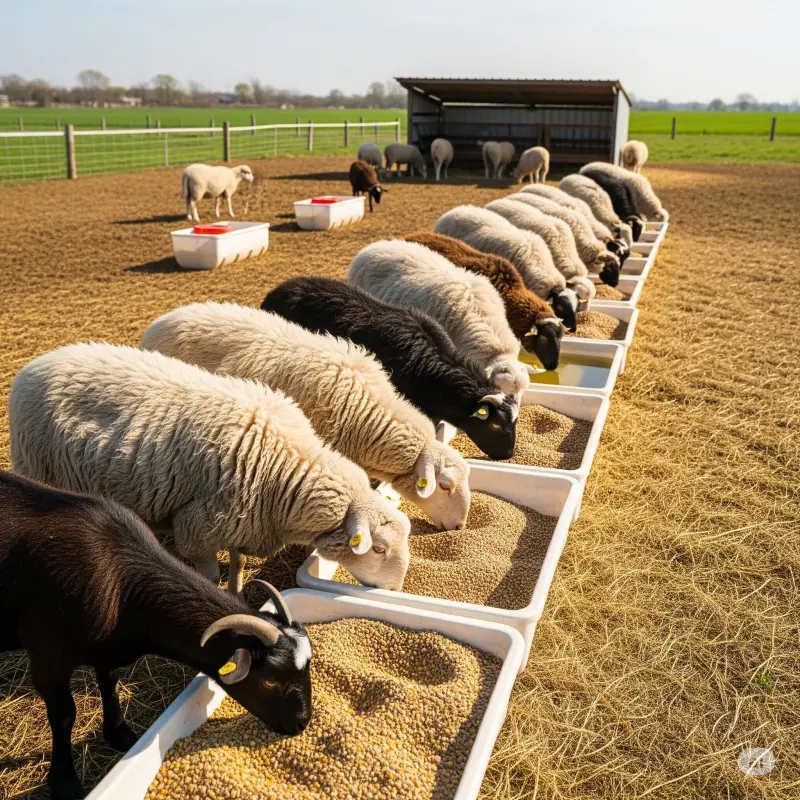Feed Cost Calculation Guide for Beginners
How are feed costs calculated in livestock farming? Learn the steps for daily feed consumption, unit price determination, and total cost calculation with this guide. What to consider for profitability and efficiency!
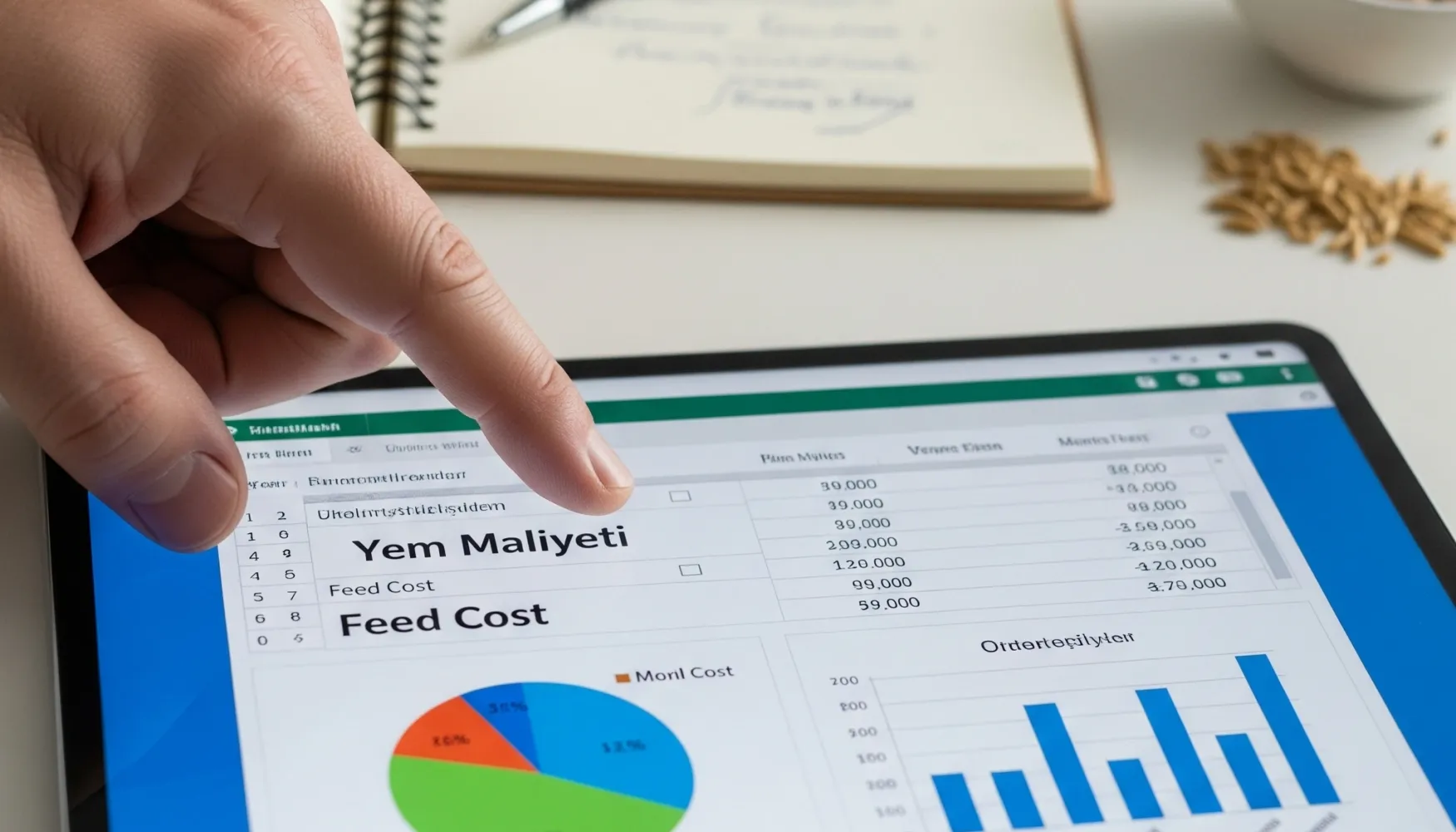
Why is Calculating Feed Cost Important?
Accurately calculating feed costs helps you with the following:
- Profitability Analysis: By knowing the feed expenditure per animal or per unit of product produced (liter of milk, kg of meat), you can see more clearly how profitable your operation is.
- Ration Optimization: By understanding which feed raw materials or mixed feeds are more economical, you can reduce costs while meeting your animals' nutritional needs.
- Budgeting and Planning: It allows you to create a feed procurement budget for future periods and manage your inventory more effectively.
- Productivity Tracking: By tracking changes in feed costs, you can notice increases or decreases in feed utilization rates and take necessary measures.
- Pricing Strategies: You can accurately consider feed costs when determining the sales prices of produced meat, milk, or other products.
---
Basic Steps for Calculating Feed Cost:
The feed cost calculation process is generally done by combining three main components:
- Daily Feed Consumption (Kg/Animal):
First, you need to know the **average daily feed consumption** of an animal. This varies depending on the animal's species (cattle, small ruminants, poultry), age, breed, physiological state (growth, gestation, lactation, fattening), and production level.
You can obtain this data by observing your animals and monitoring feed residues in feeders, or with more precise measurements (by weighing). For example, a dairy cow might consume 20-25 kg of mixed feed per day, while a lamb might consume 0.5-1 kg.
Example: A dairy cow consumes an average of 22 kg of feed per day. - Unit Price of Feed (TL/Kg):
You need to determine the **cost per kilogram of the feed** you use. If you are using ready-made mixed feed, this is the factory's sales price to you. If you are preparing your own ration, you need to sum the kilogram prices of all the raw materials you use (corn, barley, soybean meal, straw, silage, premix, etc.) and calculate a weighted average cost based on their proportions in the ration.
Example (Simple Calculation for Your Own Ration):- Corn: Used at 40%, 10 TL/kg
- Soybean Meal: Used at 20%, 18 TL/kg
- Hay: Used at 30%, 4 TL/kg
- Mixed Premix: Used at 10%, 25 TL/kg
- Average Feed Cost (for 1 kg):
- (0.40 * 10 TL) + (0.20 * 18 TL) + (0.30 * 4 TL) + (0.10 * 25 TL)
- = 4.00 TL + 3.60 TL + 1.20 TL + 2.50 TL = 11.30 TL/kg
- Calculation:
You can find the **daily feed cost per animal** by multiplying the daily feed consumption by the unit price of the feed.
Daily Feed Cost (TL/Animal) = Daily Feed Consumption (Kg/Animal) x Unit Price of Feed (TL/Kg)
Example Continued:- Daily Feed Cost = 22 kg/animal * 11.30 TL/kg = 248.60 TL/animal/day
- Monthly Feed Cost = Daily Feed Cost x 30 days
- 248.60 TL/animal/day * 30 days = 7,458 TL/animal/month
- Annual Feed Cost = Daily Feed Cost x 365 days
- 248.60 TL/animal/day * 365 days = 90,749 TL/animal/year
---
Other Factors to Consider:
- Feed Waste: Always include the amount of feed left in feeders or lost during distribution in your calculations. Actual consumption may differ from the amount offered.
- Storage Costs: Feed storage (silo, warehouse rent, electricity, labor) should also be added to the total cost.
- Transportation Costs: Transportation expenses incurred from bringing raw materials or ready-made feed to the farm should also be reflected in the unit price.
- Labor Cost: The time and cost of labor spent on feeding and ration preparation should also be added to the total expenses.
- Seasonal Price Fluctuations: Raw material prices can change seasonally. By tracking these fluctuations, you can optimize your procurement strategy.
- Productivity Criteria: Evaluate feed cost not only as a quantity but also as a cost per unit of product produced. For example, how much feed do I spend to produce 1 liter of milk? How much feed do I spend for 1 kg of live weight gain? This is a more critical indicator for understanding the efficiency of your ration.
Calculating feed costs is not just a mathematical operation; it's also a way to monitor your business's financial health and measure your improvements. By following these steps and regularly updating your data, you can make more informed and profitable decisions.
